Maserati followed-up its first mid-engined supercar - the Bora - with the similar Merak. Launched in 1972, the latter was intended as competition for Ferrari's top-selling Dino 246 and used a stretched version of the Maserati-built four-cam V6 that had debuted in the Citroën SM. The French firm owned Maserati at the time, so the Merak made use of the SM's transmission and power-operated, all-disc braking and, more controversially, Citroen's quirky instrumentation, though this applied to left-hand drive cars only, right-hand drive examples using the more conventional fascia of the Bora, which was later adopted for all variants. Derived from a V8 engine designed by the great Giulio Alfieri, Maserati's V6 was increased in capacity from the SM's 2,675cc to 2,965cc for the Merak and developed 190bhp, which was good enough for a top speed of around 240km/h (150mph). The unitary construction chassis, all-independent suspension and impeccable handling remained basically as the V8-engined Bora's, though to reduce costs the latter's tubular rear subframe was replaced by an extension of the all-steel monocoque. In addition, the Merak offered the convenience of '+2' seating in the rear and superior all-round vision thanks to its distinctive rear 'flying buttresses'. Competition from Ferrari's new Dino V8 prompted the introduction of a more powerful version - the Merak SS with 220bhp engine and revised interior - for 1975, ZF transmission being adopted shortly thereafter. By this time Maserati had been sold to Alessandro De Tomaso, and in 1976 all the remaining Citroën components were phased out, the high-pressure hydraulic brakes being replaced with a conventional servo-assisted system. At De Tomaso's instigation a 2.0-litre version – the Merak 2000 GT – was introduced to take advantage of Italy's taxation rates for vehicles displacing less than 2,000cc. Widely recognised as one of the finest, if not the finest, of contemporary V6s, the Merak engine proved smooth, powerful and capable of delivering its urge over a surprisingly wide range for such a high performance engine. Like any true thoroughbred, the Merak possessed handling commensurate with its breathtaking acceleration and 150mph maximum speed. 'Performance and handling are the raison d'etre of a mid-engined sportscar, and the Merak's astounding cornering power is a match for its straight-line punch,' observed Motor magazine. The most successful Maserati of its day, the Merak ceased production in 1983 after 1,832 had been built, the approximate split being 1,000 SSs, 200 2000 GTs and 600-or-so of the original version. Currently registered on German 'Historic' plates, this left-hand drive Merak was imported to the Netherlands in 1988 and restored with no changes from original specification, and was restored again in 2009/2010 while forming part of a sports car collection in Germany. The interior - including the centre console and steering wheel - has been re-trimmed to better-than-new standard using the finest available leather and Alcantara to original specification. The engine bay is very nicely detailed and both the interior and exterior colours have been carefully matched to the original livery and look very impressive. Described by the vendor as 'good' in all departments, with 'very good' interior and chassis, this Merak is said to possess perfect handling and roadholding as a result of the extensive restoration work. Finished in grey metallic with light beige interior, the car currently displays a total of 40,500 kilometres on the odometer and is offered with assorted restoration documents, valid German Fahrzeugbrief and TüV/ASU (roadworthiness/emissions test) valid until 2012. Maserati enchaîna sur sa première super voiture à moteur central, la Bora, avec la Merak de même facture. Lancée en 1972, celle-ci était destinée à contrer la Dino 246 que Ferrari vendait en nombre. Elle était munie d'une version agrandie du moteur V6 à 4 ACT construit par Maserati pour équiper la Citro
Maserati followed-up its first mid-engined supercar - the Bora - with the similar Merak. Launched in 1972, the latter was intended as competition for Ferrari's top-selling Dino 246 and used a stretched version of the Maserati-built four-cam V6 that had debuted in the Citroën SM. The French firm owned Maserati at the time, so the Merak made use of the SM's transmission and power-operated, all-disc braking and, more controversially, Citroen's quirky instrumentation, though this applied to left-hand drive cars only, right-hand drive examples using the more conventional fascia of the Bora, which was later adopted for all variants. Derived from a V8 engine designed by the great Giulio Alfieri, Maserati's V6 was increased in capacity from the SM's 2,675cc to 2,965cc for the Merak and developed 190bhp, which was good enough for a top speed of around 240km/h (150mph). The unitary construction chassis, all-independent suspension and impeccable handling remained basically as the V8-engined Bora's, though to reduce costs the latter's tubular rear subframe was replaced by an extension of the all-steel monocoque. In addition, the Merak offered the convenience of '+2' seating in the rear and superior all-round vision thanks to its distinctive rear 'flying buttresses'. Competition from Ferrari's new Dino V8 prompted the introduction of a more powerful version - the Merak SS with 220bhp engine and revised interior - for 1975, ZF transmission being adopted shortly thereafter. By this time Maserati had been sold to Alessandro De Tomaso, and in 1976 all the remaining Citroën components were phased out, the high-pressure hydraulic brakes being replaced with a conventional servo-assisted system. At De Tomaso's instigation a 2.0-litre version – the Merak 2000 GT – was introduced to take advantage of Italy's taxation rates for vehicles displacing less than 2,000cc. Widely recognised as one of the finest, if not the finest, of contemporary V6s, the Merak engine proved smooth, powerful and capable of delivering its urge over a surprisingly wide range for such a high performance engine. Like any true thoroughbred, the Merak possessed handling commensurate with its breathtaking acceleration and 150mph maximum speed. 'Performance and handling are the raison d'etre of a mid-engined sportscar, and the Merak's astounding cornering power is a match for its straight-line punch,' observed Motor magazine. The most successful Maserati of its day, the Merak ceased production in 1983 after 1,832 had been built, the approximate split being 1,000 SSs, 200 2000 GTs and 600-or-so of the original version. Currently registered on German 'Historic' plates, this left-hand drive Merak was imported to the Netherlands in 1988 and restored with no changes from original specification, and was restored again in 2009/2010 while forming part of a sports car collection in Germany. The interior - including the centre console and steering wheel - has been re-trimmed to better-than-new standard using the finest available leather and Alcantara to original specification. The engine bay is very nicely detailed and both the interior and exterior colours have been carefully matched to the original livery and look very impressive. Described by the vendor as 'good' in all departments, with 'very good' interior and chassis, this Merak is said to possess perfect handling and roadholding as a result of the extensive restoration work. Finished in grey metallic with light beige interior, the car currently displays a total of 40,500 kilometres on the odometer and is offered with assorted restoration documents, valid German Fahrzeugbrief and TüV/ASU (roadworthiness/emissions test) valid until 2012. Maserati enchaîna sur sa première super voiture à moteur central, la Bora, avec la Merak de même facture. Lancée en 1972, celle-ci était destinée à contrer la Dino 246 que Ferrari vendait en nombre. Elle était munie d'une version agrandie du moteur V6 à 4 ACT construit par Maserati pour équiper la Citro

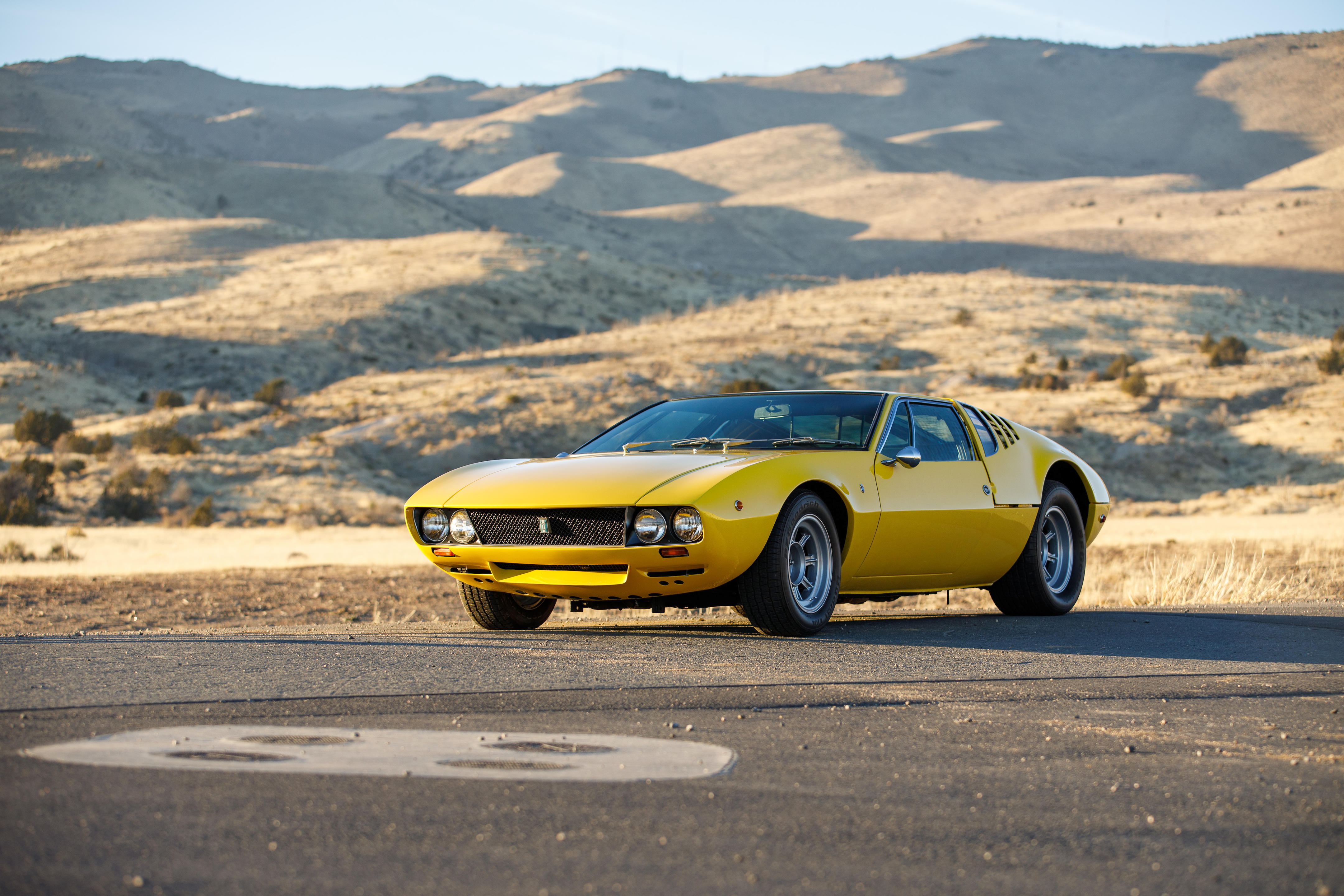

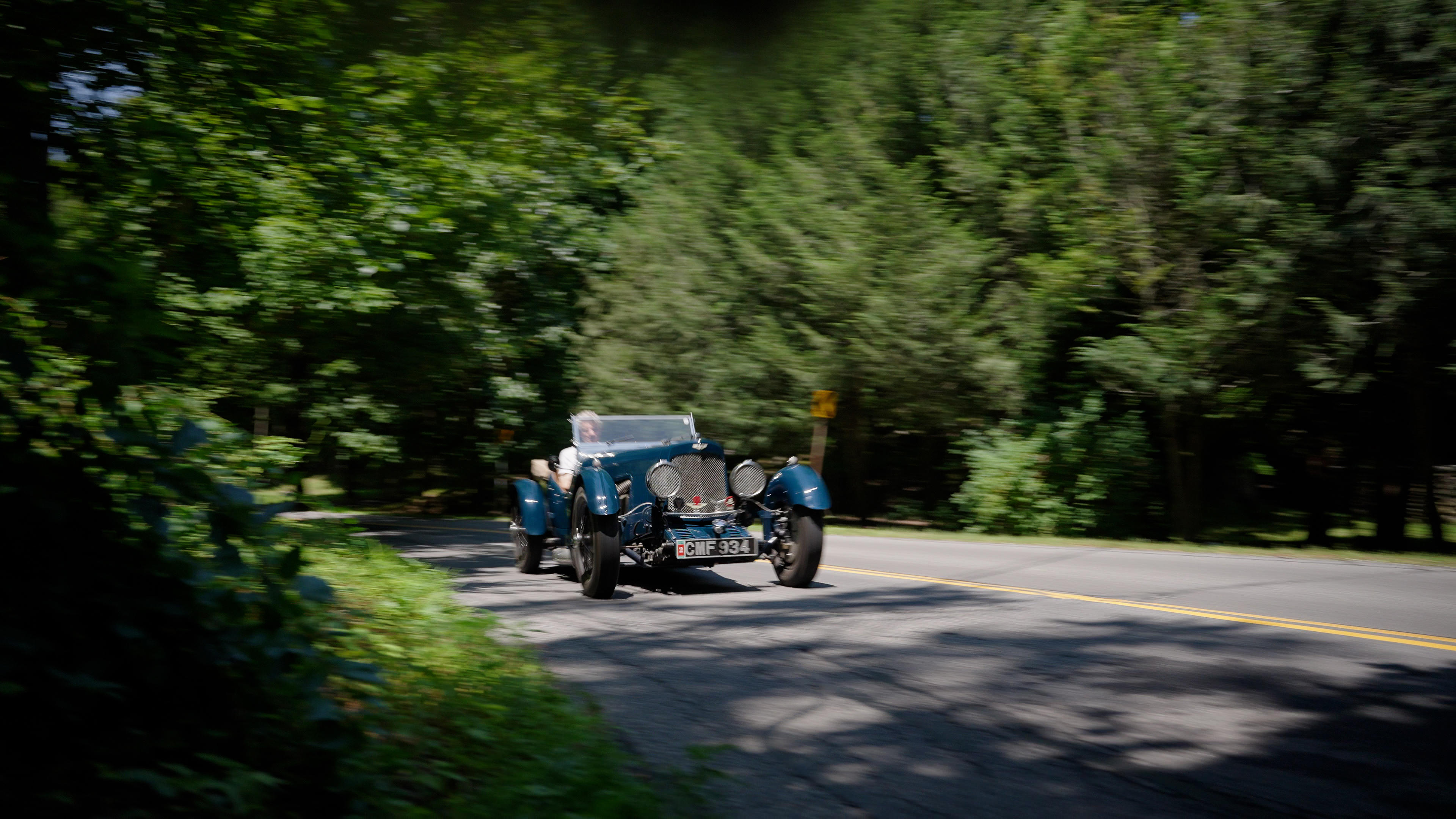
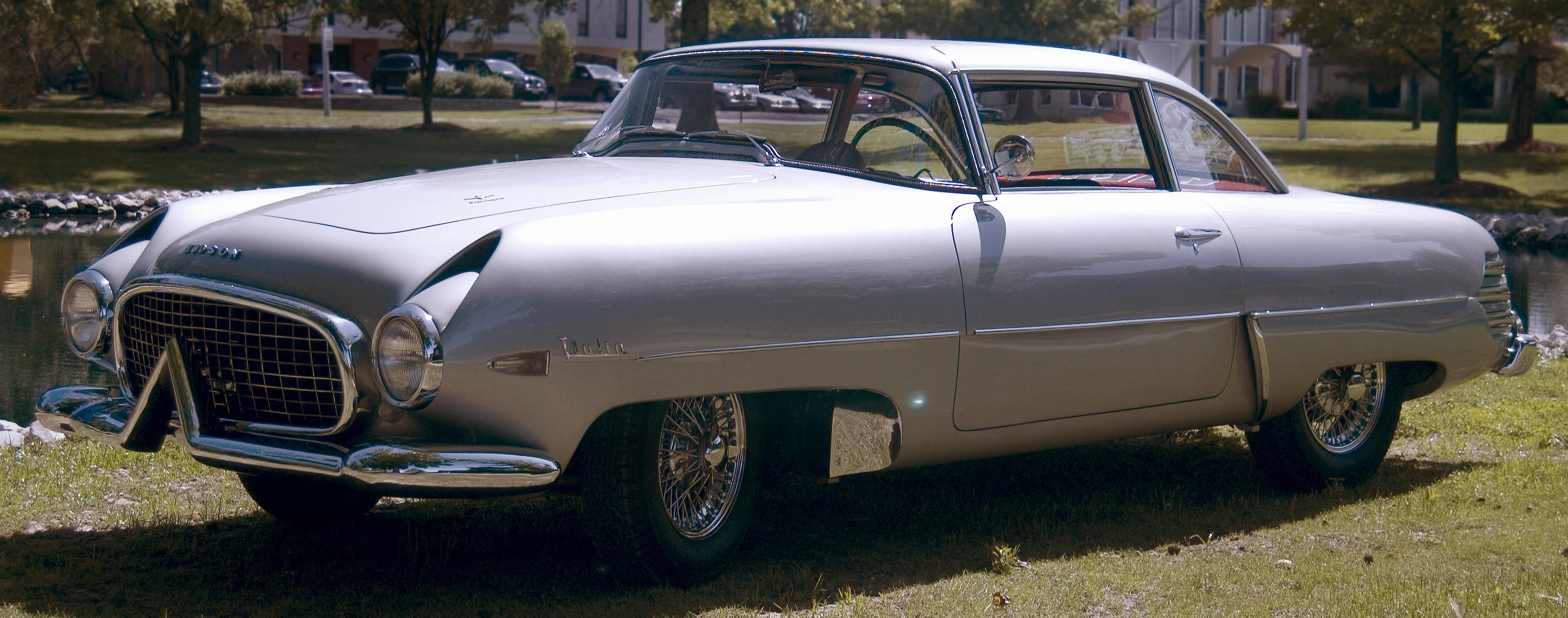
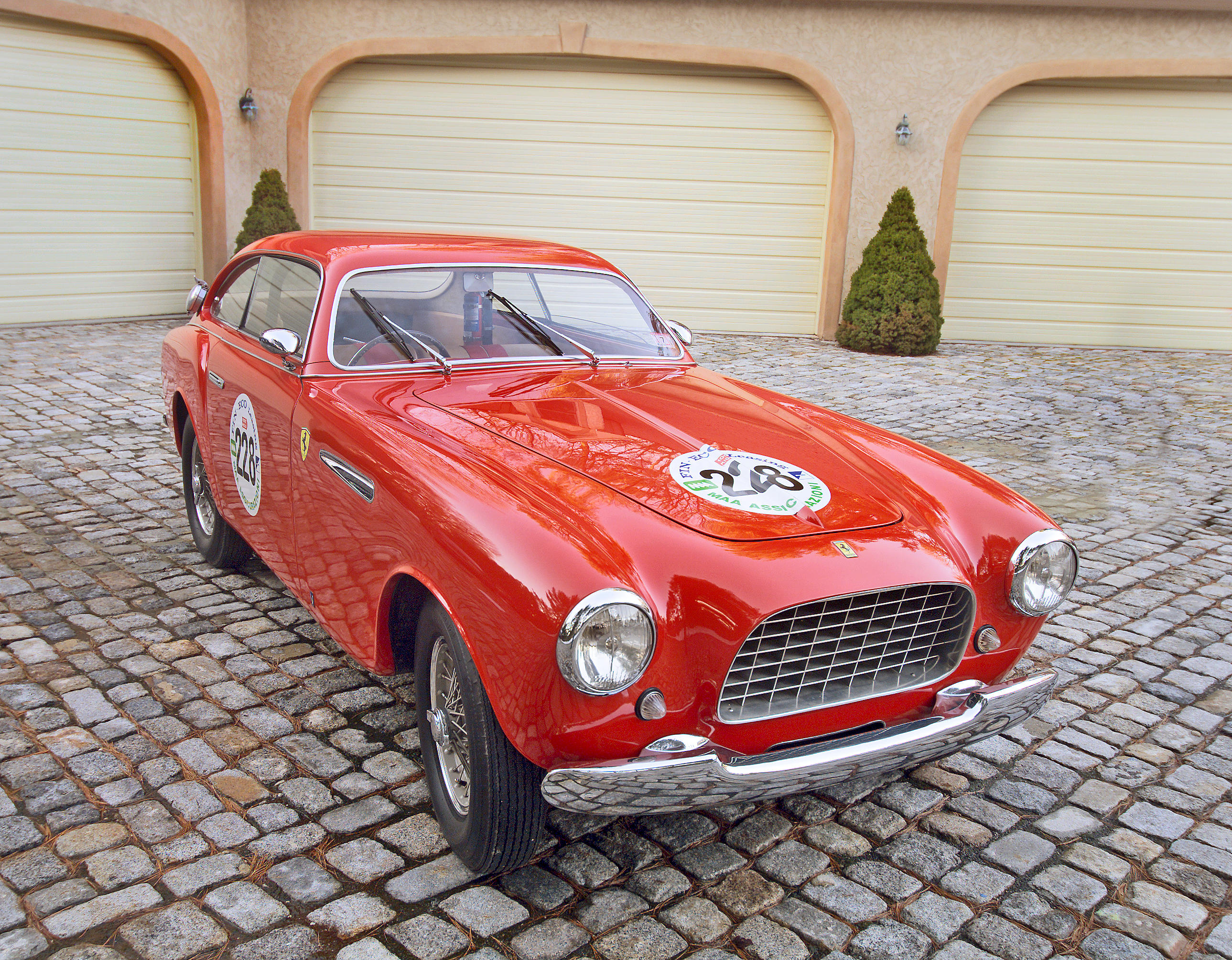
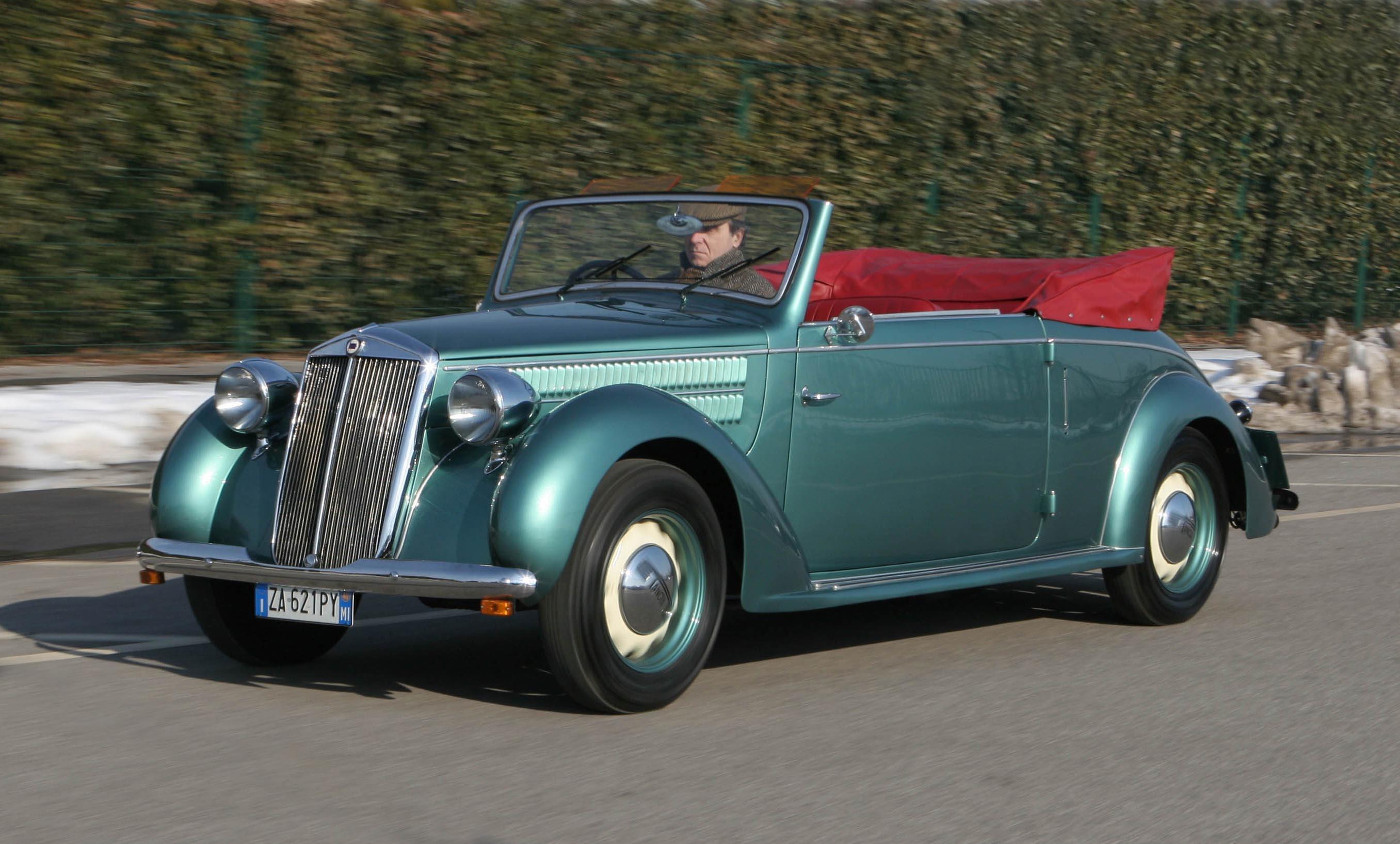

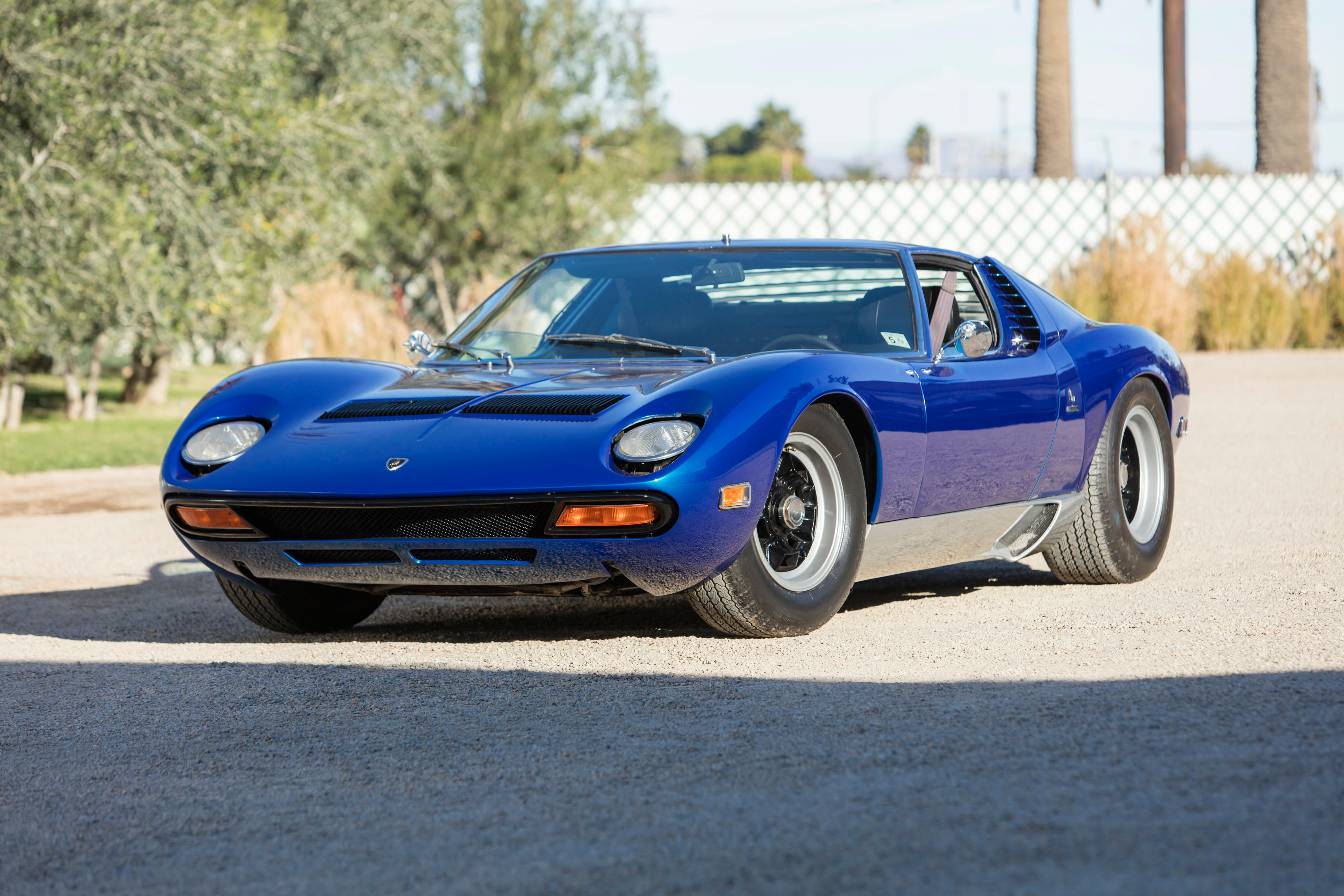
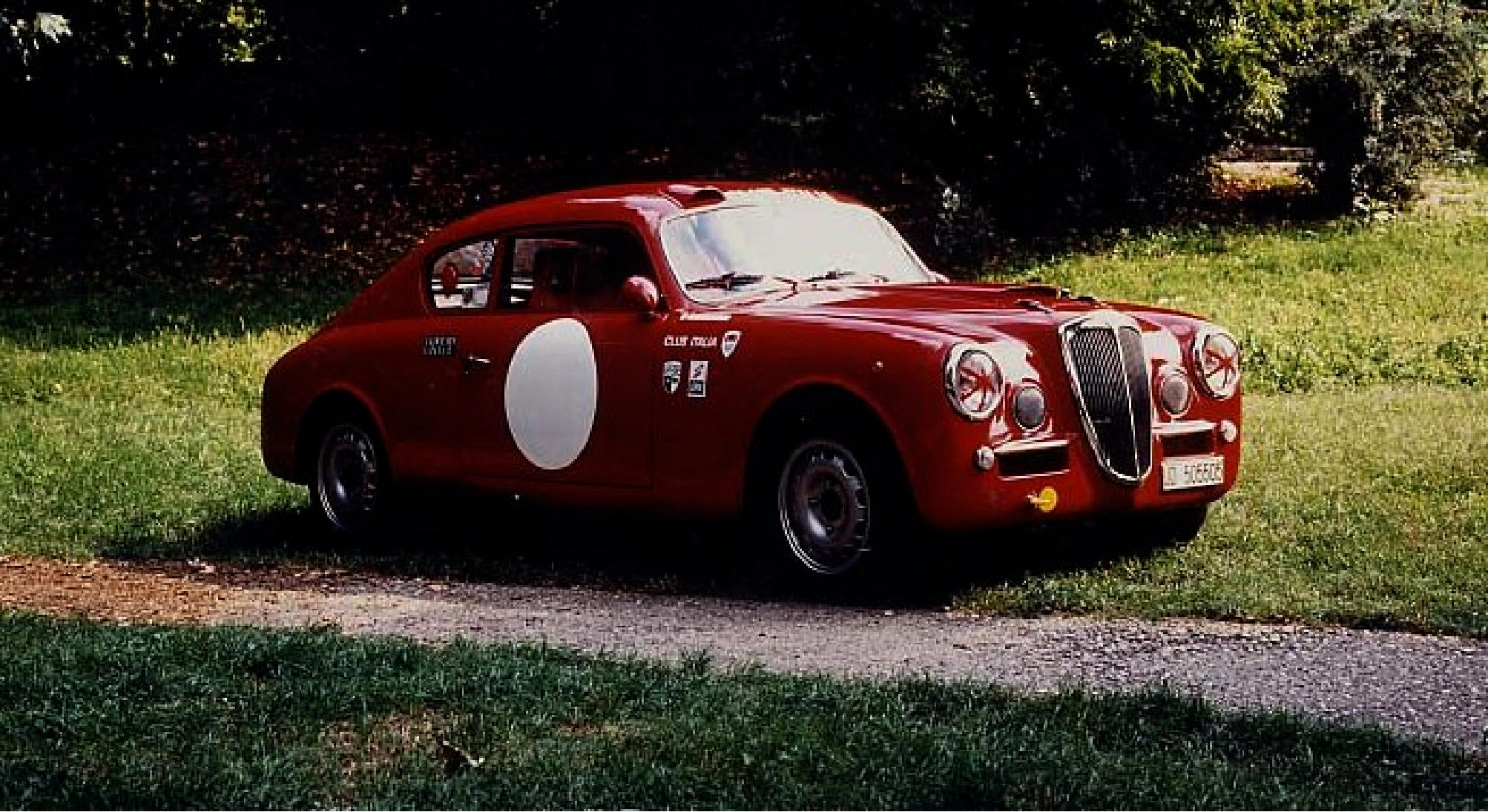
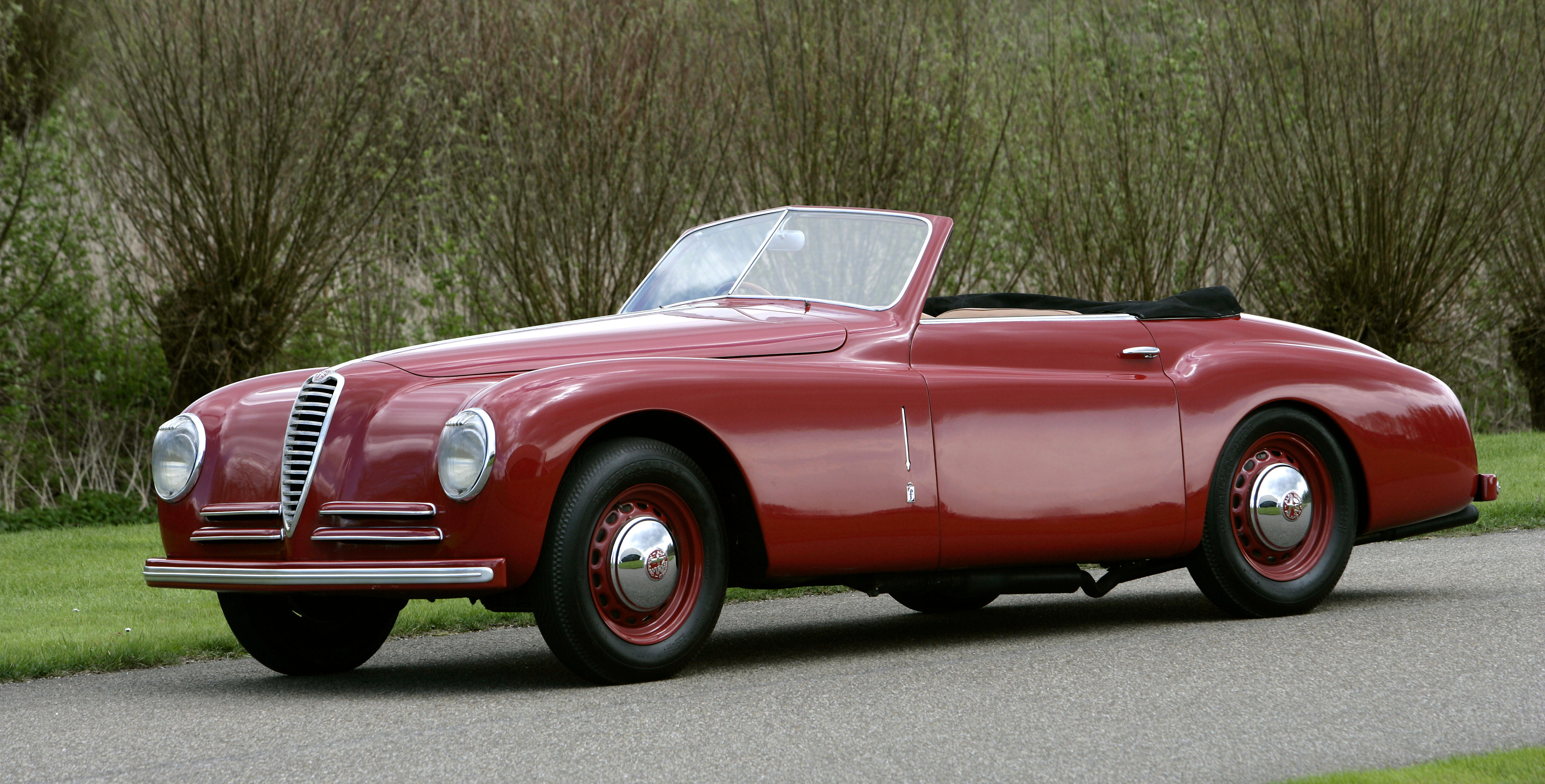
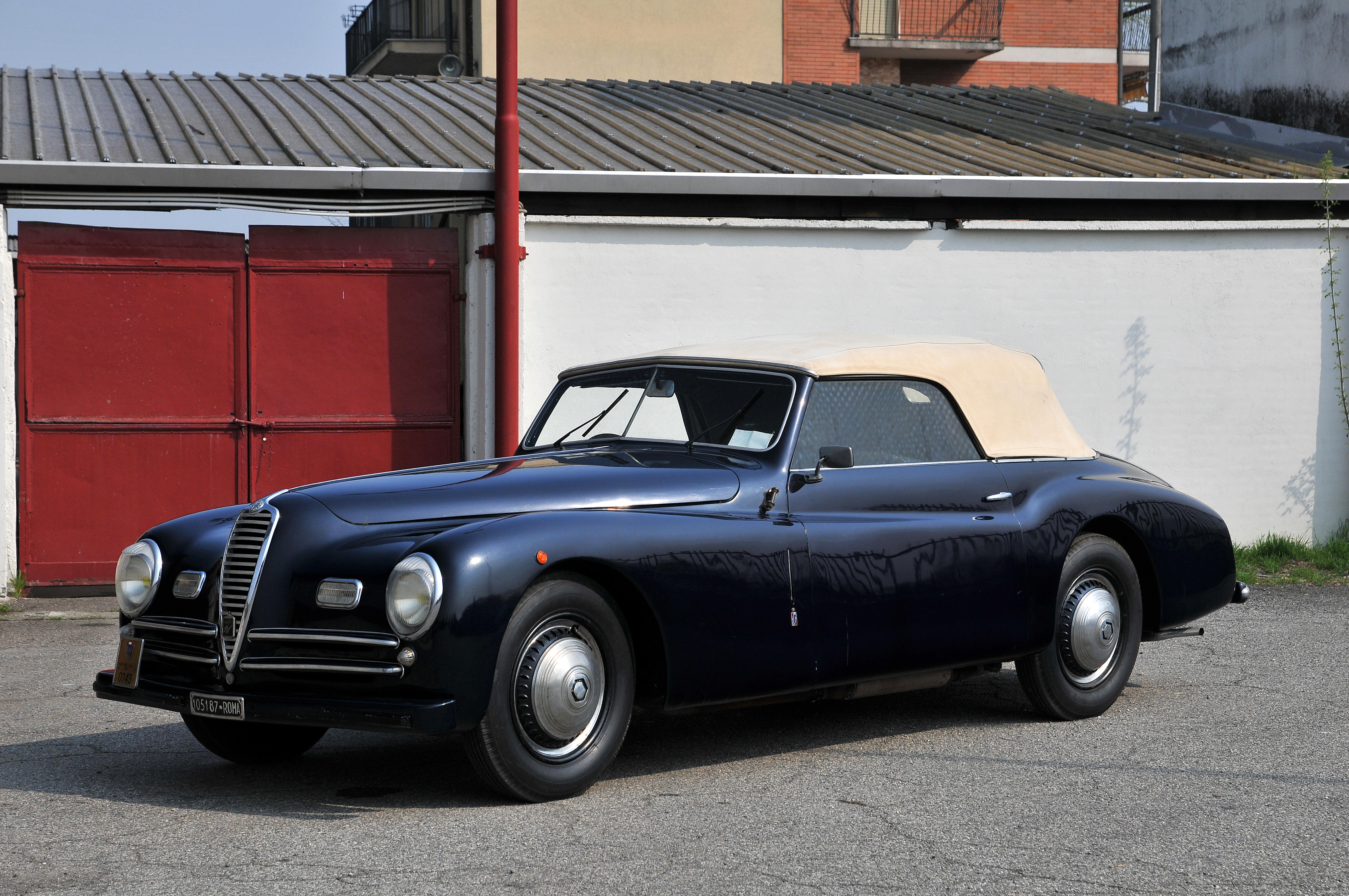
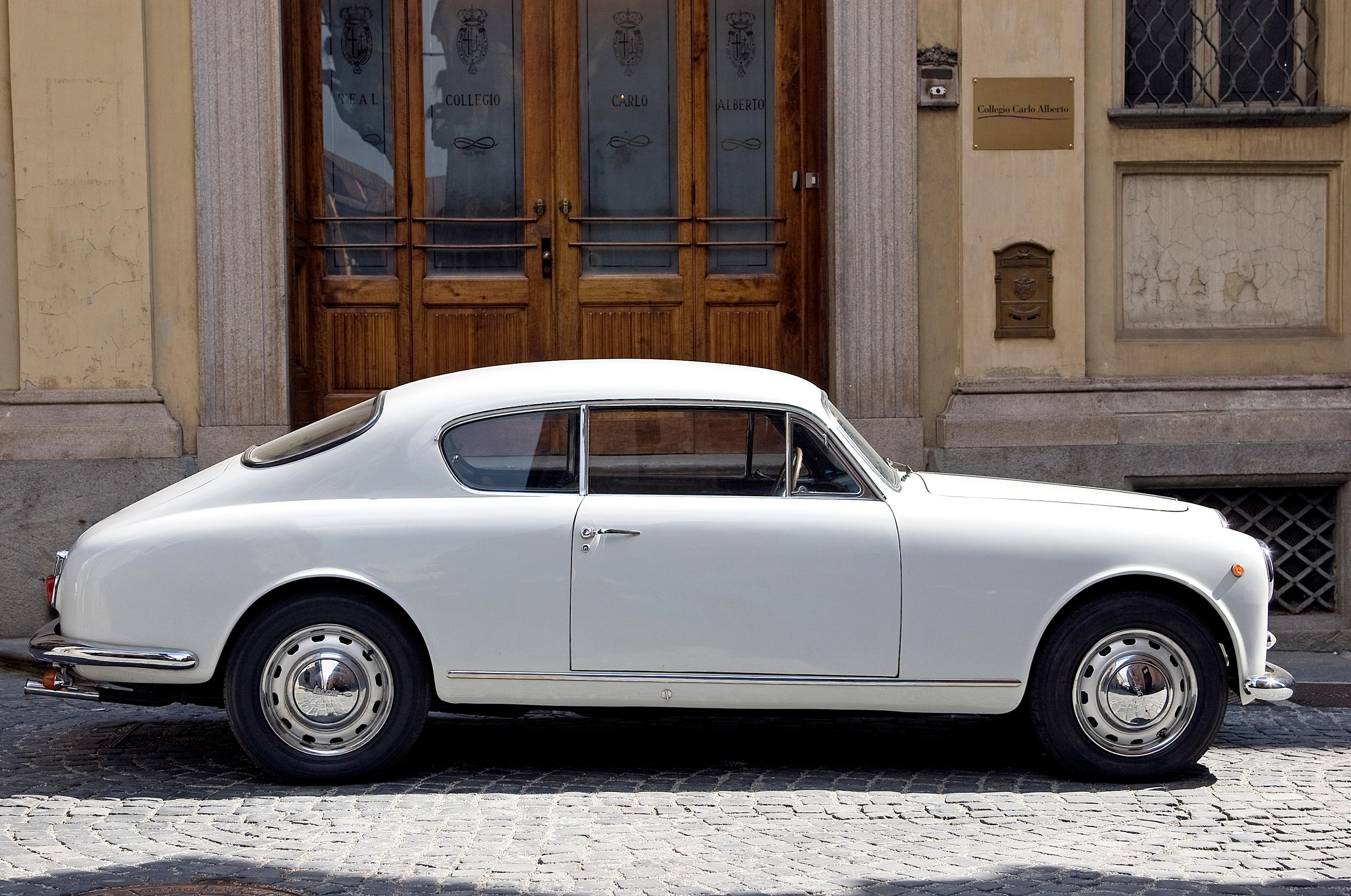
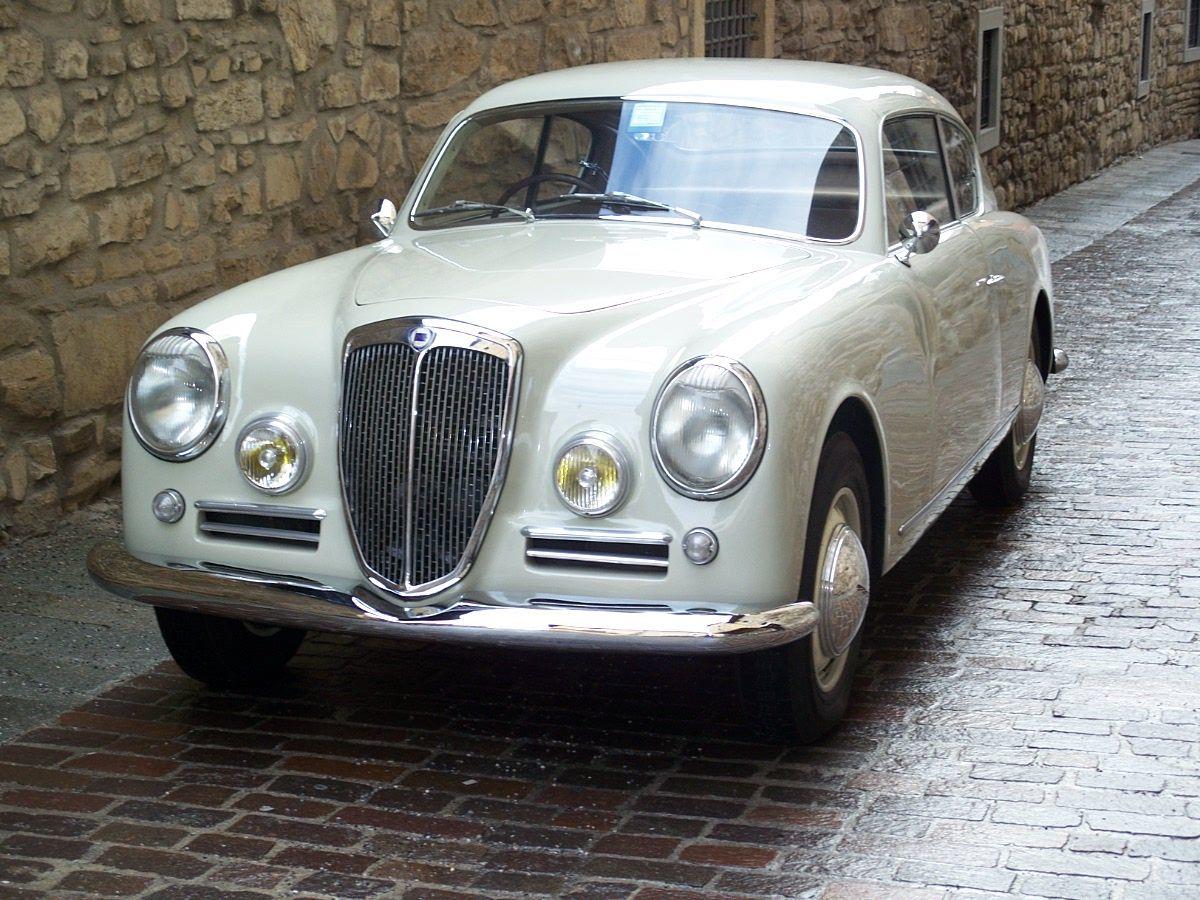
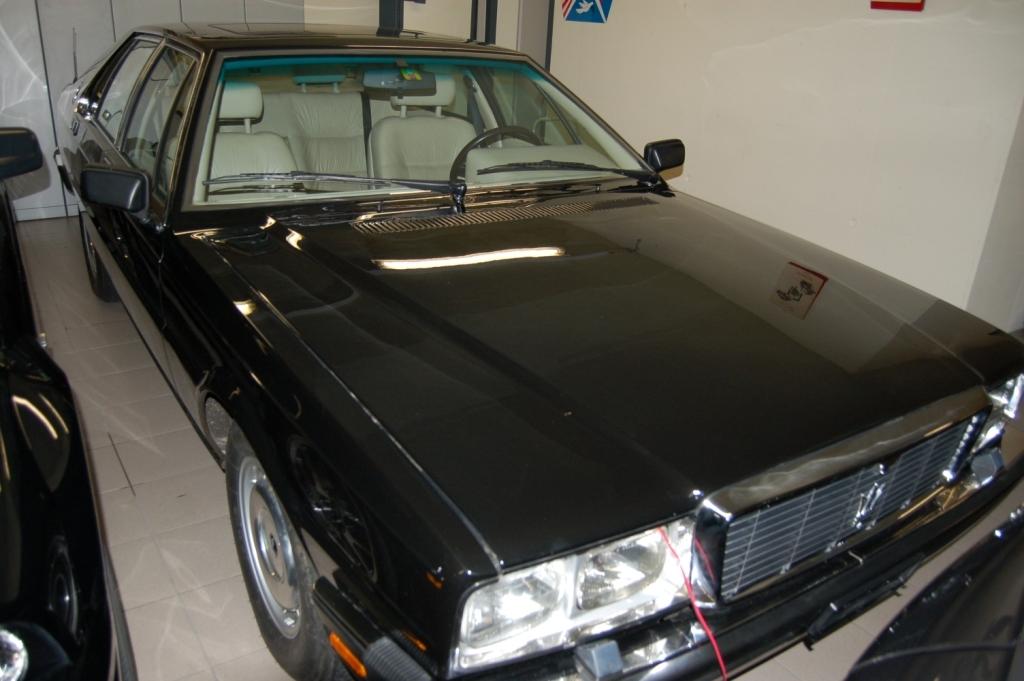
Testen Sie LotSearch und seine Premium-Features 7 Tage - ohne Kosten!
Lassen Sie sich automatisch über neue Objekte in kommenden Auktionen benachrichtigen.
Suchauftrag anlegen